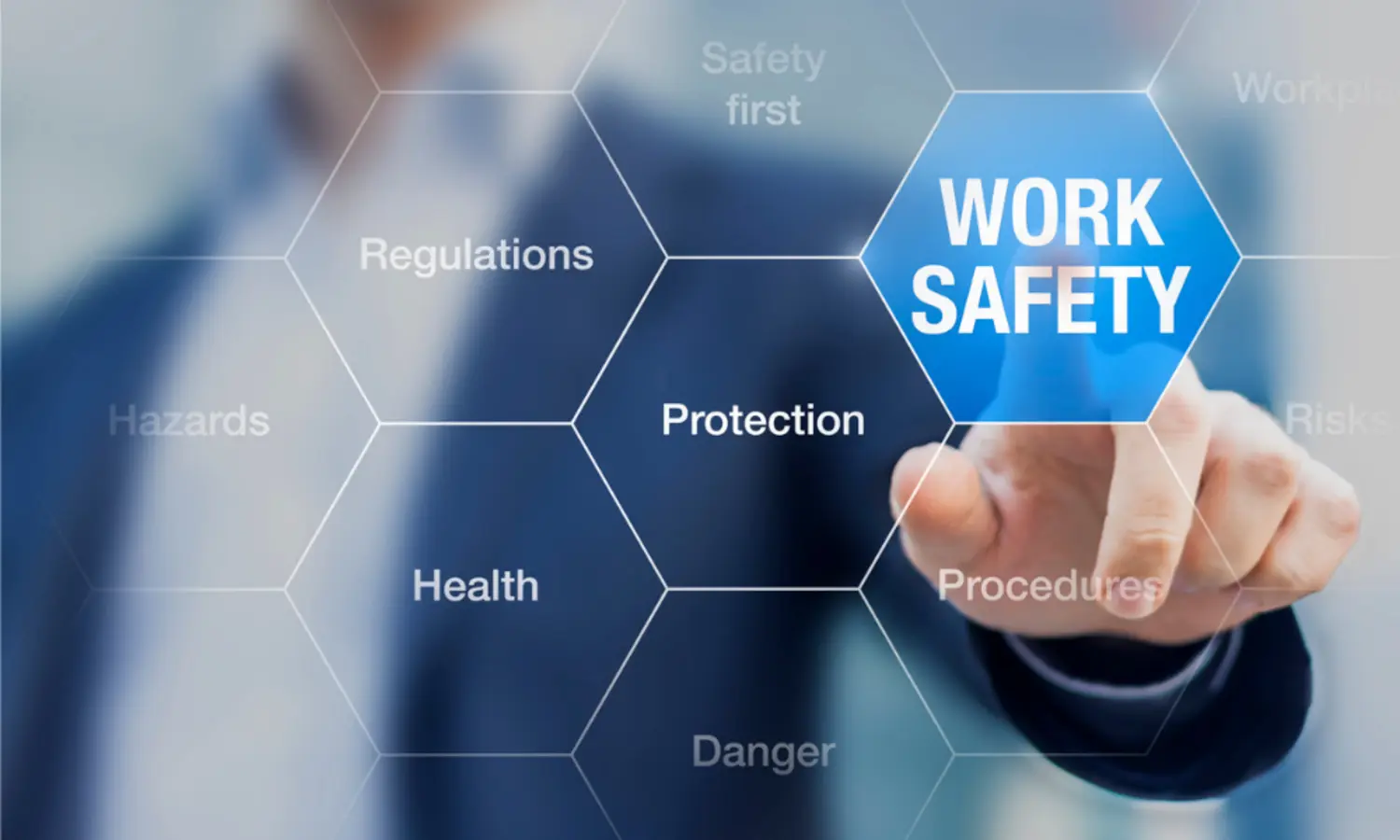Latest Updates in Safety Standards
Stay informed about the latest updates and changes in international safety
Stay informed about the latest updates and changes in international safety

Latest updates in safety standards play a vital role in shaping workplace safety practices and ensuring compliance with evolving regulations worldwide. Organizations must proactively monitor changes to international safety protocols to address emerging hazards, technological advances, and new regulatory demands effectively.
A significant focus of recent updates is the enhancement of risk assessment procedures, emphasizing more thorough hazard identification and mitigation strategies. Additionally, there are stricter requirements for personal protective equipment (PPE), mandating higher quality standards and better fit to improve employee safety across various industries. Digital tools and automation are increasingly integrated into safety management systems to provide real-time monitoring, incident reporting, and data-driven insights.
The implementation of these updated standards requires comprehensive and adaptive safety training programs. Modern training incorporates interactive methods such as virtual reality (VR) and augmented reality (AR), which offer immersive, hands-on learning experiences that improve hazard recognition and response. Regular refresher courses and scenario-based drills help reinforce the application of new safety protocols on the job.
Investing in updated safety standards and training delivers numerous long-term benefits:
In conclusion, staying informed about the latest safety standards and continuously evolving training programs is essential for organizations aiming to protect their workforce, minimize risks, and maintain regulatory compliance. Embracing these advancements supports a safer work environment, fosters continuous improvement, and ensures sustainable success in today’s complex industrial landscape.